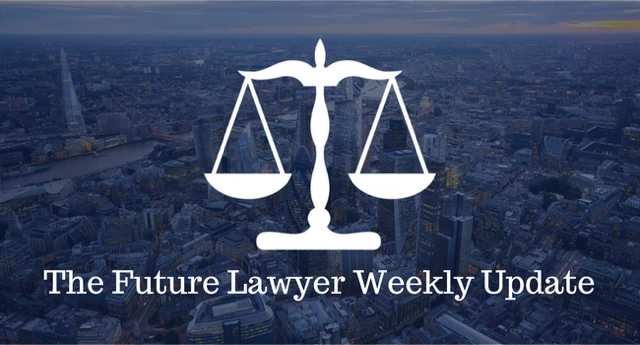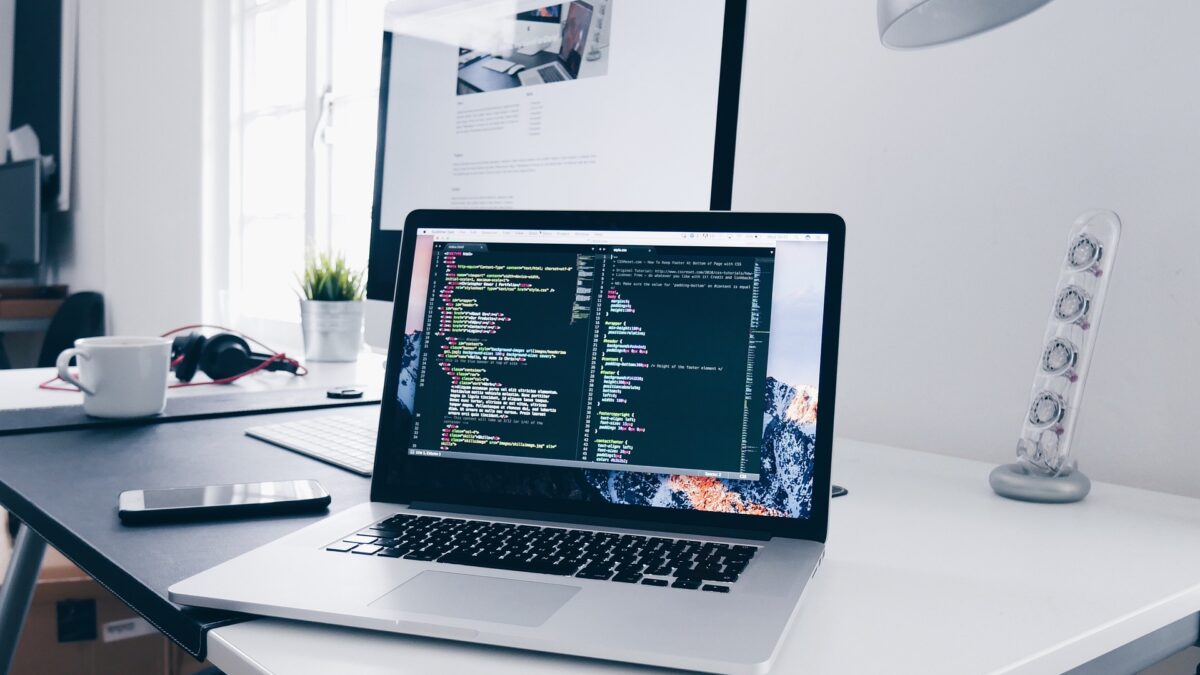
The Future Lawyer Weekly Briefing – W/C 29th July 2024
July 28, 2024
Shein’s Proposed London IPO and Its Opponents
July 28, 2024Article by Imran Chaudhri
Introduction
Artificial intelligence is rapidly becoming the gold mine of this decade and, perhaps, the 21st century, garnering unprecedented levels of demand for leading companies, such as Nvidia, OpenAI, and Microsoft, in the industry. However, as most historians in the field of artificial intelligence will know, it has taken many decades to create these recently renowned AI models, such as ChatGPT, mostly because artificial intelligence is complex (see here for more information on this.)
Although, conceptually, the understanding that AI is complex cannot answer the key question of this article, it can provide us with a fundamental understanding regarding whether AI models can be protected under intellectual property law. To provide a focused discussion, this piece will only surround the legal protection of Large Language Models (LLMs), curtailing the scope of this discussion to the current IP legal protections on computer programmes, the complications that AI introduces, and ultimately the definitive answer on whether AI can be protected.
Legally Protecting Computer Programmes
Under intellectual property law, which protects our world’s intangible, intellectual creations, programmes can only be protected when they can be legally conceptualised. To be legally conceptualised, a typical programme, composed of lines of code that will take actions if certain inputs or conditions are present, must be of the author’s own intellectual creation (under the copyright laws within the Database Directive 1996). The content that the law considers as an author’s protectable intellectual property includes – the preparatory material for the programme, the set of algorithms within the programme, the programme’s restatement in a computer language, and the translation from a computer running under a compiler programme of the source code into a machine-readable language (the object code). Cases such as SAS Institute Inc v World Programming confirmed that the preparatory material, as well as the source and object code are protectable, and that the “choice, sequence and combination of words, figures or mathematical concepts” are the only content that the author can exercise his creativity through and therefore present as their own intellectual creation.
How do LLM’s Differ to Typical Computer Programmes
There are a series of stark differences between LLM’s and typical computer programmes. Whereas a typical computer programme may be a series of algorithms that contain code, stating that ‘if X scenario happens, execute function Y’, LLM’s are generally structured as neural networks. These neural networks function similarly to a human brain, as the LLM is comprised of a network of nodes that are trained on huge data sets to recognise, translate, predict or generate text. Although there is code that creates the basis of the programme, the functioning of LLM’s that are trained on huge datasets could arguably draw the AI programme beyond the remit of the original author’s scope of intellectual creation. If, for example, ChatGPT has access to the entire internet, then the majority of the content ChatGPT will produce in conversations with the user will not be sourced from that author’s code, but from the internet through the LLM’s understanding, manipulation, and presentation of that data.
In addition, it appears that LLM’s can continually adapt both in light of new data that they access and the way they interpret and make sense of data through methods such as trial and error. One thing you may notice with ChatGPT, for example, is that the answers that it produces during a conversation will vary depending on what you asked it before. This feature could suggest that some of the higher levels of an LLM’s operation legally exist separate from the author’s intellectual creation since both the user and data it has access to have such an influence on its functioning. However, it could also be argued that the LLM only operates that way because the base code permits it to.
Can Artificial Intelligence be Protected Under Intellectual Property Law?
Overall, it would seem that there is no definitive answer on whether LLM’s can be protected under intellectual property law. The law suggests that only the intellectual creation of an author through a computer programme can be protected. However, the extent to which an author is responsible for the operation of an LLM is ambiguous as much of its functioning is reliant on the user and, more significantly, the immense datasets that are accessible for LLM’s.
It is important to note that although some of these concepts would constitute unchartered territory for the law, the same legal understanding of ownership is still essential to predict if any protection can be awarded. If the author does not receive consent to use the internet medium (e.g. Google, Bing) to train the LLM on its data sets, then it is unlikely that the LLM would represent the author’s intellectual creation.
The only certainty is that it is unlikely that any confusion on where the law stands will scare AI developers from continuing to push the industry forward and that law-makers will be equally as excited to stake their opinions on how AI’s future can be legally guaranteed.
References
Andres Guadamuz, ‘Artificial intelligence and copyright’ (WIPO, October 2017) < https://www.wipo.int/wipo_magazine/en/2017/05/article_0003.html> accessed 12 July 2024.
Brown A and others, Contemporary intellectual property: law and policy (5th edn, OUP 2019)
Case C-406/10 SAS Institute Inc v World Programming Ltd [2012] ECDR 22 (CJ)
CDPA 1988
Database Directive 1996
Elastic, ‘What is a large language mode (LLM)?’ (Elastic) < https://www.elastic.co/what-is/large-language-models> accessed 16 July 2024.
EU Software Directive 1991
Hao-Yun Chen, Copyright Protection for Software 2.0? Rethinking the Justification of Software Protection under Copyright Law. (OUP, 2021)
David Nield, ‘ How ChatGPT and Other LLMs Work—and Where They Could Go Next’ (WIRED, 30 April 2023) <https://www.wired.com/story/how-chatgpt-works-large-language-model/> accessed 16 July 2024.
Kretschmer, M., Meletti, B., & Porangaba, L. H. (2022). Artificial intelligence and intellectual property: copyright and patents—a response by the CREATe Centre to the UK Intellectual Property Office’s open consultation. Journal of Intellectual Property Law & Practice, 17(3), 321–326.
Mitchell Labiak, ‘AI frenzy makes Nvidia the world’s most valuable company’ (BBC, 18 June 2024) <https://www.bbc.co.uk/news/articles/cyrr40x0z2mo#:~:text=Chip%2Dmaker%20Nvidia%20became%20the,the%20start%20of%20this%20year> accessed 15 July 2024.
Picht, P. G., & Thouvenin, F. (2023). AI and IP: Theory to Policy and Back Again – Policy and Research Recommendations at the Intersection of Artificial Intelligence and Intellectual Property. IIC – International Review of Intellectual Property and Competition Law, 54(6), 916–940.





